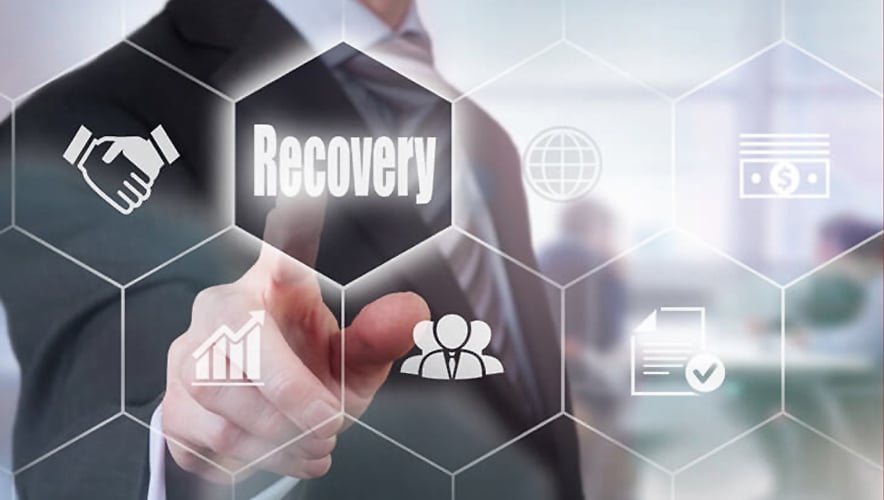

Sustaining Operations: Pandemic Business Continuity Essentials
The ongoing global pandemic has underscored the importance of robust business continuity strategies. Navigating through these challenging times requires a proactive approach to ensure the sustainability of operations. In this article, we delve into the essential elements of pandemic business continuity and how organizations can fortify their resilience.
Assessing Vulnerabilities and Risks
The first step in building a solid business continuity plan is a comprehensive assessment of vulnerabilities and risks. Organizations must identify potential disruptions, considering both internal and external factors. This assessment lays the foundation for developing strategies that address specific threats posed by the pandemic.
Remote Work and Digital Infrastructure
The adoption of remote work has become a cornerstone of business continuity during the pandemic. Establishing a robust digital infrastructure is essential to facilitate seamless communication, collaboration, and operations. Cloud-based tools, secure virtual networks, and reliable communication platforms are pivotal components of a resilient remote work setup.
Supply Chain Diversification and Resilience
The pandemic highlighted the vulnerabilities within global supply chains. To enhance business continuity, organizations are now reevaluating their supply chain strategies. Diversification, local sourcing, and building resilient supplier relationships are crucial steps in ensuring a steady flow of essential goods and services, even in the face of disruptions.
Financial Planning and Contingency Funding
Financial stability is paramount for business continuity. Organizations should implement robust financial planning and establish contingency funding. This involves creating reserves to weather economic uncertainties, identifying cost-cutting measures, and developing financial models that account for various scenarios to maintain financial stability during challenging periods.
Employee Well-being and Support
Ensuring the well-being of employees is integral to sustaining business operations. Organizations must prioritize mental health support, provide clear communication, and offer flexibility to accommodate the diverse needs of their workforce. Employee resilience directly contributes to the overall resilience of the business.
Crisis Communication Strategies
Effective communication is a linchpin in navigating a crisis. Developing clear and transparent communication strategies is essential for maintaining trust and keeping stakeholders informed. Regular updates, contingency communication plans, and responsiveness to evolving situations are critical components of crisis communication.
Regulatory Compliance and Adaptation
Staying abreast of regulatory changes and compliance requirements is fundamental for business continuity. Organizations must adapt swiftly to evolving regulations and implement measures to ensure continued compliance. This proactive approach mitigates legal risks and fosters a resilient operational environment.
Scenario Planning and Preparedness Drills
Scenario planning involves creating simulations of potential crises to test the effectiveness of business continuity plans. Regular preparedness drills help identify weaknesses, refine strategies, and familiarize employees with crisis response protocols. These proactive measures contribute to a culture of preparedness and swift response.
Technological Innovations for Business Resilience
Leveraging technological innovations is key to enhancing business resilience. Automation, artificial intelligence, and data analytics can streamline operations, identify potential risks, and provide valuable insights for decision-making. Embracing these technologies positions organizations to adapt swiftly to changing circumstances.
Continuous Improvement and Adaptability
Business continuity is an ongoing process that requires continuous improvement and adaptability. Regularly reassessing risks, updating plans, and incorporating lessons learned from previous challenges contribute to the overall resilience of the organization. An adaptive mindset positions businesses to thrive in the face of uncertainty.
To fortify your organization’s pandemic business continuity, explore resources and insights at The Healthy Consumer – Pandemic Business Continuity. Proactive measures and a comprehensive approach to business continuity are essential for sustaining operations and navigating the challenges posed by the ongoing pandemic.




(501).jpg)

